As an Amazon Associate I earn from qualifying purchases.
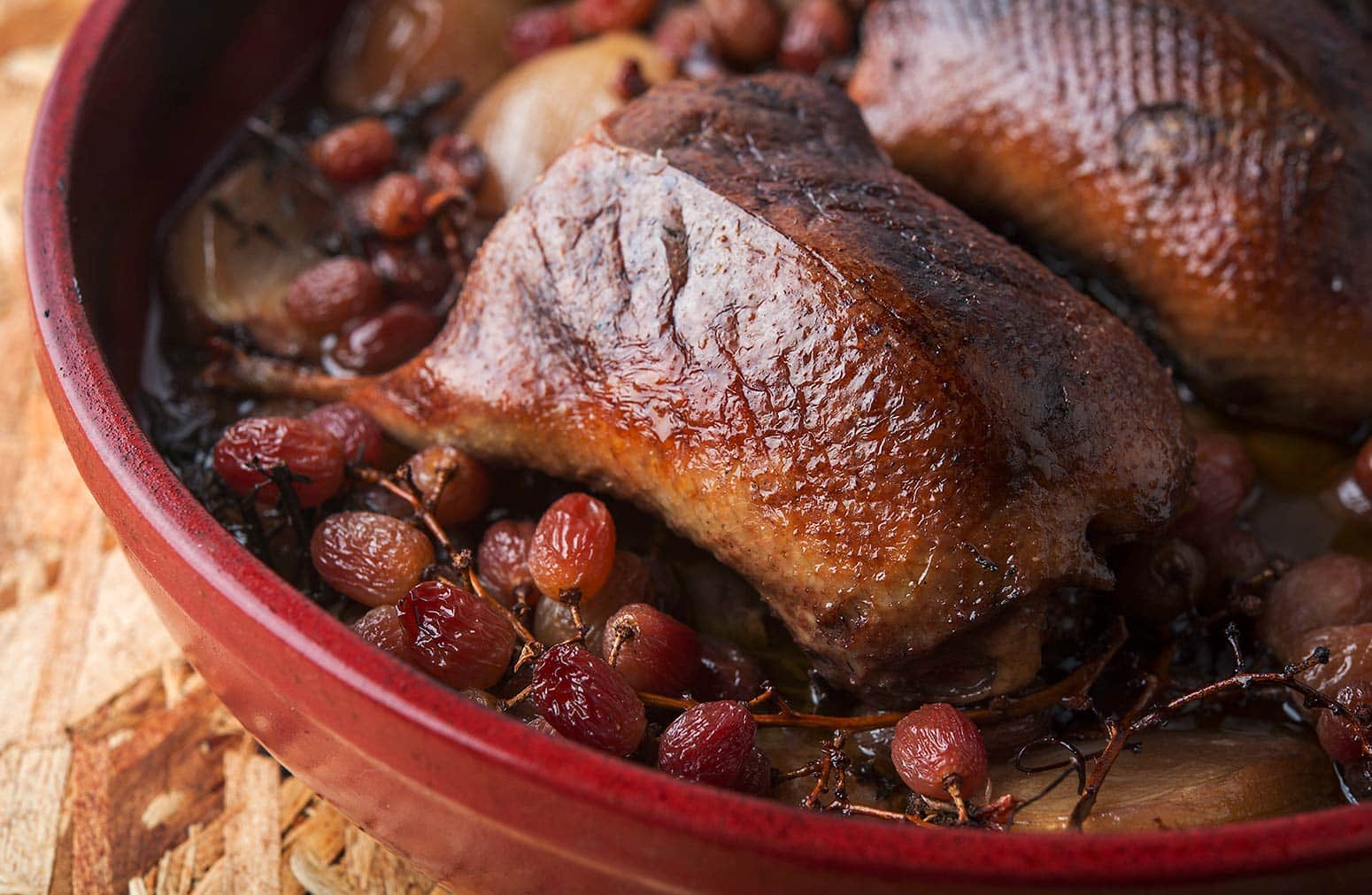
I rarely make recipes from magazines, but it always seems that when I do, it’s from Saveur. It’s my favorite food magazine, and the only one I still subscribe to, although Plate is pretty damn good, too, even though it’s geared for professionals. When I started reading the latest issue of Saveur, what should I see but an article written by my friend Kate Hill!
Kate lives in Southwest France. She helped me with my book Duck, Duck, Goose, and I’ve butchered pigs with her in Portland, Oregon. Her article featured a slow-roasted duck with grapes recipe that she called canard a la vigneronne — winemaker’s duck.
It’s a simple recipe: duck with grapes, shallots and thyme. Braised first, then roasted to crisp the skin. You eat it with lots of crusty bread.
Remember this is an old school, European-style roast duck, which means the breast meat is cooked through. That’s the only downside of this recipe in my book, but I mitigated it by using very fat wood ducks. Use a fat duck for this recipe — oh, and if you are using a store-bought or domesticated duck, you’ll only need one.
I like serving this in shallow bowls or a plate with a well in the middle because you want the meat to swim in the sauce that develops in the pot. It keeps everything nice and prevents the breast meat from drying out.
Originally, this dish was done with chickens, so I reckon you could use one, or a pheasant if you have a nice rooster lying around.
Duck with Grapes
Ingredients
- 2 whole small wild ducks, or 1 large wild duck, or a domestic
- Salt
- 1 pound red grapes, on the stems
- 12 to 15 shallots or pearl onions
- 2 bay leaves
- 1 bunch fresh thyme, on the stems
- 1 cup duck or chicken stock
- 1 cup red wine
Instructions
- Salt the ducks well, inside and out. Preheat the oven to 400F. Pour the stock and red wine into the bottom of a heavy, lidded pot such as a Dutch oven. Add the 2 bay leaves. Arrange the shallots, grapes and thyme in the pot, then nestle the ducks on top. Cover the pot and roast in the oven for 90 minutes.
- Uncover the pot and let everything cook down. This will also crisp the skin of the ducks. This can take anywhere from 15 to 40 minutes, depending on how fat your birds were. Keep an eye on it.
- Slice the ducks in half lengthwise, and serve everyone a half duck with some of the shallots and grapes, along with lots of sauce.
Nutrition
Nutrition information is automatically calculated, so should only be used as an approximation.
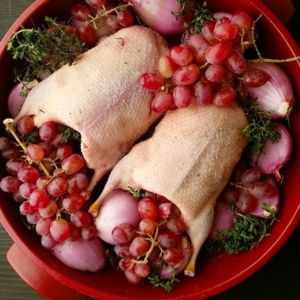
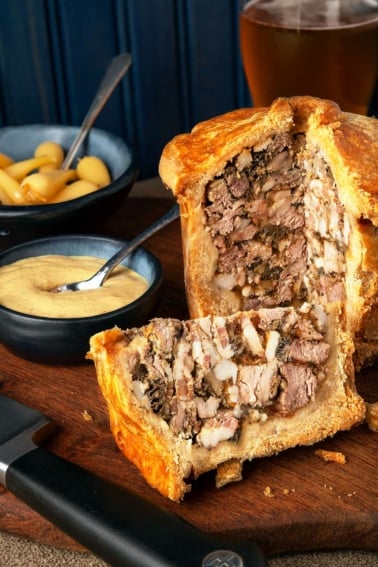
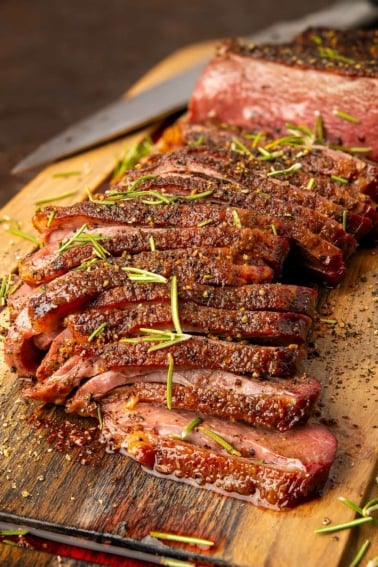
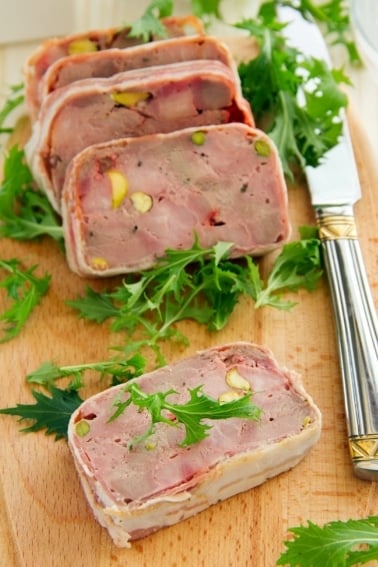
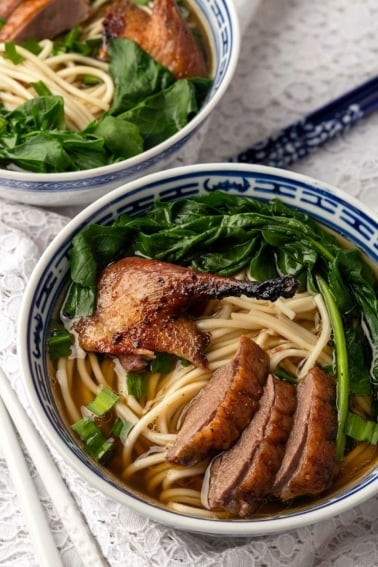
This is a simple, great recipe. I add a bit of orange zest and some pedro ximenez ( sweet) sherry.
Hank, I have a pretty good sized black duck and a young female mallard. I’m going to make this recipe. Should I double the ingredients? Want to make sure I have plenty sauce. Thanks in advance!
Corey: Yes, double it. The sauce is really good!
Hank! I’m a big fan of Buck Buck Moose. I pull out the book every time I thaw out a piece of venison. I just picked up a frozen duck from the store and was looking up recipes when I found this! As luck would have it, by grape vines in the backyard are ready for harvest and I’ve got a thyme plant in a pot. The question is, I’ve got concord grapes, and they’re POTENT. Most grapiest grape aroma I could imagine. Do you think they’ll over power the dish? should I buy a milder variety?
Aaron: I think concord grapes will work fine, actually.
I made this with a widgeon last night and it was very good. I made a few modifications, like spatchcocking the duck to fit in my iron skillet, pre-searing the duck and shallots for a little more color and flavor, and cooking for less time, about 60 minutes covered and 30 minutes uncovered.
I used a Malbec and was amazed with the rendered sauce and sweet, tender shallots. It’s definitely something I’ll make again, but next time I’m going to try just using legs from several ducks as to me that’s what really shined, there are better things to do with the breast than cook it well, even it a great recipe like this one. Thanks Hank.
Hank,
this is by far the most requested mallard recipe in my house. My husband was fortunate to hunt several dozen this fall, and also got some teal, widgeon and other kinds whose names I don’t remember (shhhh). We’ve enjoyed many recipes in your Duck, Duck, Goose cookbook (roasted duck/goose, smoked, confit de canard, duck fried rice etc), and we tend to be rare to medium rare breast meat eaters, but he keeps asking for this one! Thanks for sharing new recipes in your e-newsletter – I always enjoy experimenting.
when your husband shoots a pile of ducks like that I would save the legs separate for this recipe, and cook the breasts your standard medium-rare. I cook this recipe often and normally with just the legs from several ducks
Oh dear… LOL… I also just realized it won’t fit into either heavy, lidded Dutch-oven type pot that I have… I might have cut the duck in halves or quarters before I cook it in two separate pots! Should it still work okay?
Amanda: Can you put it on a roasting pan? That would work.
Thanks, Hank — we have an “almost” roasting pan, no lid though. So I’ve covered it in aluminum foil in a couple directions. Hopefully that will work. I don’t think my first comment came through, asking whether the cooking time in the recipe should work for a 6.8 lb duck… not sure if you’ll see this in time, but I’m sure this will be tasty either way! Thanks again (and your instructions for cooking duck breasts are spot-on).
I made this soon after Hank first posted it, and here I am making it yet again, for the umpteenth time. It’s so easy and delicious it’s cheating! It’s become a go-to for celebration dinners in our house.
I made this for NYE dinner for 12 (3 mallard, 1 black duck). It came out great with a richer flavor than I expected. Awesome recipe, people loved it.
So i’m not totally clear – Should the duck be cooked to well-done? I’m using a domesticated/farmed duck. Looking forward to making this! Thanks
Brett: Yes, this is an old school duck recipe, where the whole bird is cooked until tender. I don’t do it often, as I prefer medium-rare duck breasts, but I do for a dish like this one.
We made this for dinner last night. So good!
When you say salt well, roughly how much is that? A teaspoon? Tablespoon? More?
A teaspoon of salt per pound of meat is fairly standard.